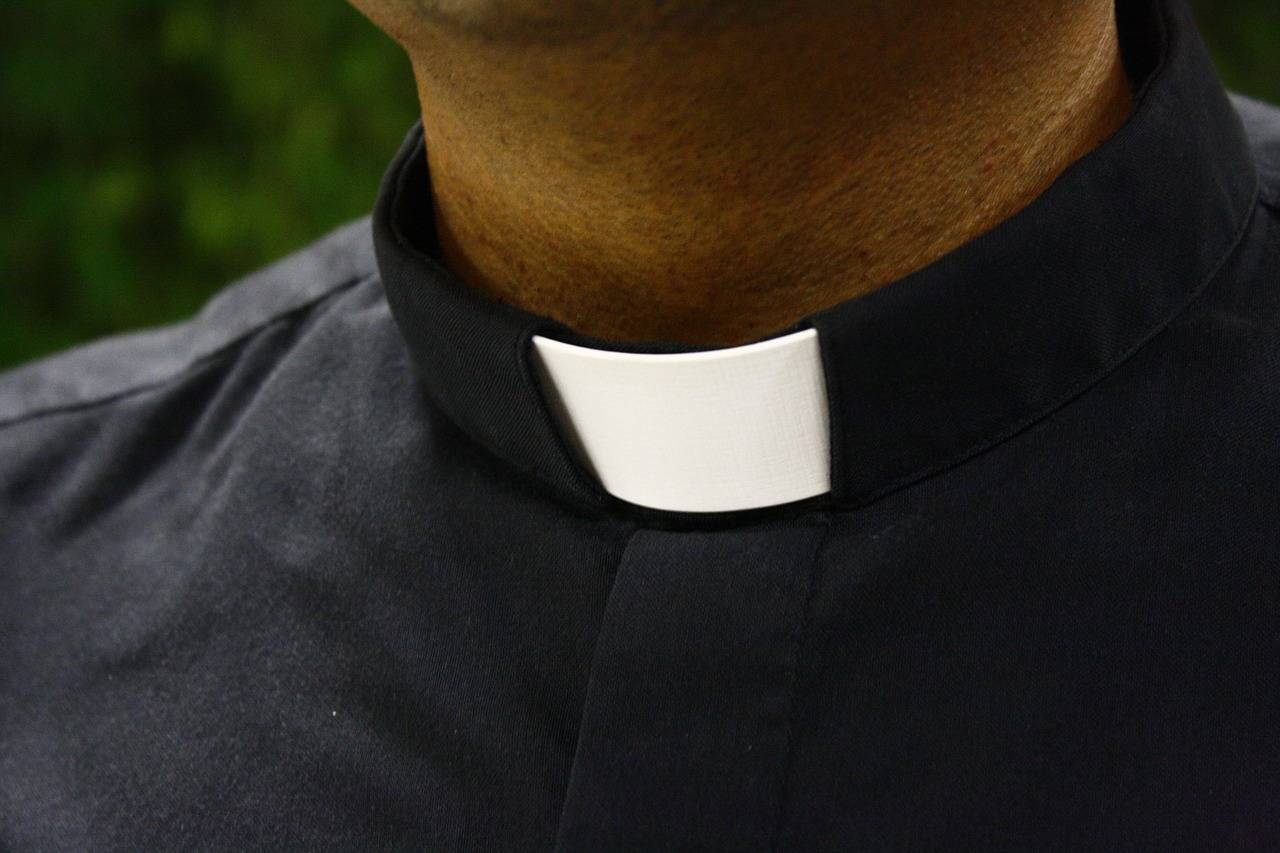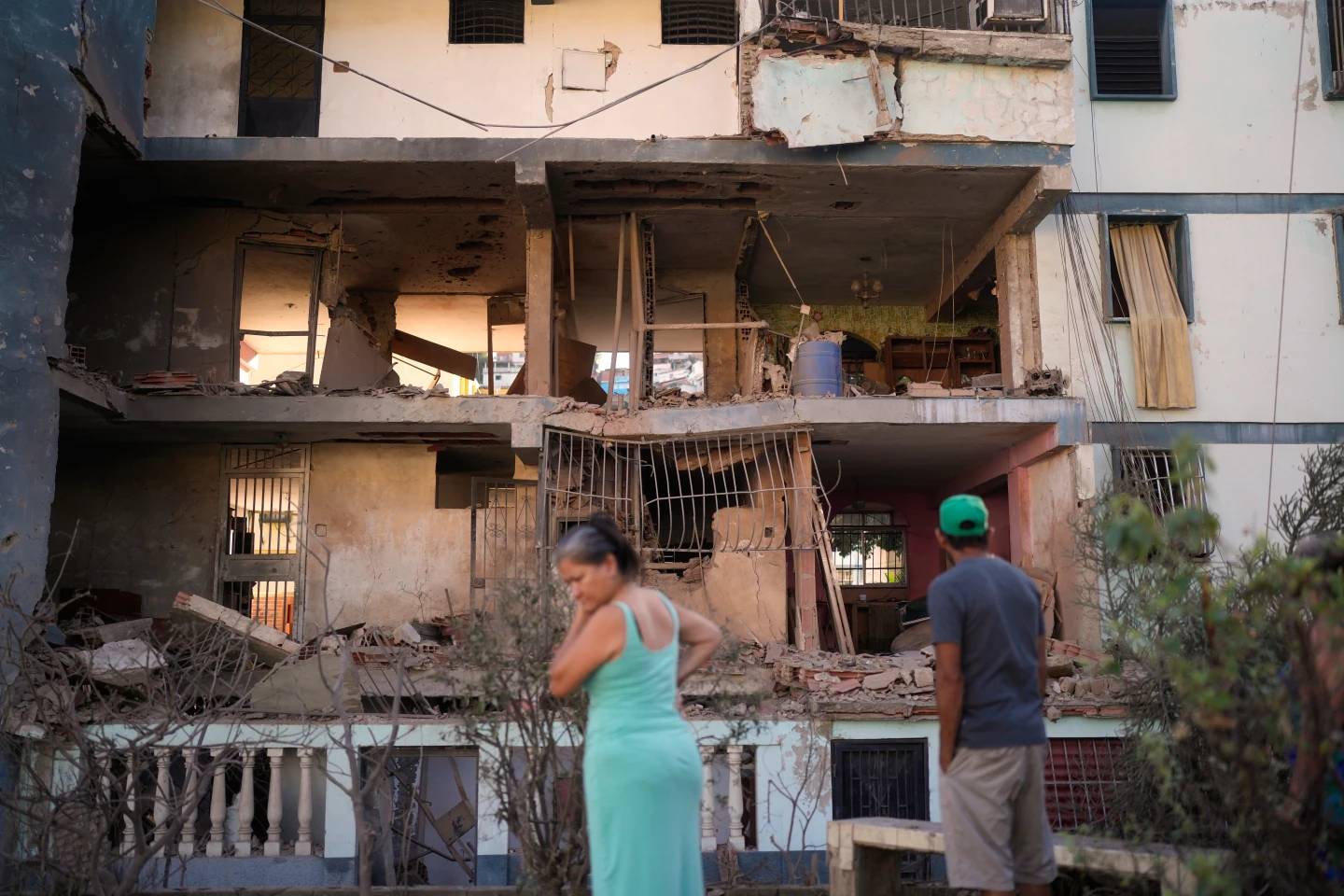ROME – Panama and Nicaragua are both facing social unrest, and both turned to the Catholic Church for help in easing the situation. However, the Nicaraguan government ultimately turned against the hierarchy when things didn’t improve. Panama, on the other hand, is optimistic that a peaceful resolution is still in the offing.
Panama
Protesters have taken to the streets for more than a week in Panama. People are angry about fuel prices that have nearly doubled and inflation, which it hasn’t experienced for years.
In an attempt to avoid an escalation to the crisis, the government has called on the Catholic Church to mediate a dialogue.
A country of four million people, 70 percent of whom are Catholic, Panama has historically maintained a fairly stable service-based economy that uses the U.S. dollar as its official currency. This has kept inflation at bay, but it has now reached 4 percent.
Some of the rallies have led to violent clashes with the police.
President Laurentino Cortizo promised on Monday to extend a freeze on gasoline prices for public transportation to all Panamanians, but protesters have not backed down. Thousands marched in Panama City and other cities across the country, while roadblocks brought traffic to a standstill on the Pan-American Highway.
Like every other leader in the region, Cortizo blamed the COVID-19 pandemic and Russia’s invasion of Ukraine for the country’s economic problems.
“Given the government’s call to play a mediating role to find an inclusive and participatory way out of the situation the country is experiencing, we communicate to citizens that the Catholic Church accepts the invitation to be mediators in building the consensus necessary for peaceful coexistence,” said Archbishop José Domingo Ulloa of Panama City.
In a statement released Wednesday, he urged all those “who are called to this dialogue to give us the opportunity to make the appropriate decisions for the common good. People deserve honesty, consistency and respect from everyone, without rigid positions or preconditions that prevent dialogue.”
In this context, “the contribution of the mediation experts that the church has in the Caritas Social Pastoral and the Catholic University of Santa María la Antigua” is being made available.
The dialogue efforts, which will be supervised by the church, will bring together the government, associations, and representative movements that, in recent days, have demonstrated in different parts of the country in rejection of the increase in fuel, basic food supplies, and medicine.
“The people deserve honesty, coherence and respect from everyone, without rigid positions or preconditions that prevent dialogue,” said Ulloa in a video message.
Nicaragua
President Daniel Ortega’s persecution of the Catholic Church continues in Nicaragua.
After expelling the Missionaries of Charity last week, on Wednesday Sandinista police arrested Father Leonardo Urbina of the Perpetuo Socorro Church in Boaco in the center of the country, about two hours from Managua, the capital city.
In 2018, when the country was going through its own civil uprising, the Nicaraguan government also reached out to its Catholic bishops, asking for mediation help in a dialogue process. However, when it became evident no agreement would be reached, Ortega and his vice president/wife Rosario Murillo labeled the bishops coup mongers and offspring of the devil.
Ever since, repression against the church has been on the rise, with things worsening in the past four months after the expulsion of the papal representative in Nicaragua, Archbishop Waldemar Sommertag.
Sources from the Archdiocese of Managua have said that the charges against Urbina are for sexually abusing a 14-year-old girl. However, no evidence was brought, and nothing is known about the alleged victim.
This is the second time in a month that police have arrested a priest who has been vocal in his opposition to the Ortega regime under allegations of sexual abuse. Father Manuel Salvador García was arrested following claims from a woman that he had abused her. However, when the time came to testify, she said the charges were false.
The woman who accused Garcia was sentenced to five years in jail, while the priest got a two-year sentence for wielding a knife on his parish’s premises. He was attempting to dissuade a violent crowd from entering the gate and attacking him.
These are not the first members of the clergy personally impacted by Ortega’s anti-clerical push.
Bishop Silvio Jose Baez has been exiled in Miami since 2019. Father Edwin Roman, who openly opposed the repression by government forces of civil protests in 2018, was forced into exile earlier this year and is with the bishop in Miami. From there, both have remained steadfast in their criticism of what they describe as a dictatorial regime.
Throughout most of May, two of Managua’s parishes were under siege for several weeks, and the military and police personnel banned a priest and a bishop from leaving. Rolando Alvarez, the bishop of Matagalpa, had to find refuge in the Santo Cristo de las Colinas parish in the country’s capital after he was harassed all day and his family home invaded by authorities.
On May 20, the government expropriated the Catholic TV channel, run by the bishops’ conference; a few days later, it had been transformed to a pro-government signal, financed by the state.
On July 6, the 15 nuns of the order founded by Mother Teresa of Calcutta left their house in Managua, escorted by immigration authorities, accused of money laundering, financing of terrorism, and financing of the proliferation of weapons of mass destruction.
Follow Inés San Martín on Twitter: @inesanma














